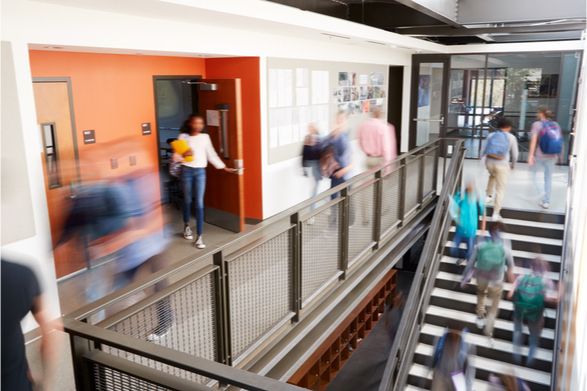The average American, according to surveys, believes his or her school district spends just half of the funds it actually does. Nearly a third estimate that we spend less than $4,000 per pupil on a child’s education; in reality, we spend over $12,000, on average, with many cities spending upwards of $20,000, more than the tuition charged by most private schools.
The U.S. is on track to invest close to $700 billion into K-12 education in 2019, making us among the top-spending OECD countries. These numbers reflect a threefold real-dollar increase in education spending since the 1970s.
Yet, on the ground, parents notice shortages. They see their teachers purchasing supplies for classrooms when districts don’t budget for them, and classrooms that have to close early on hot days because they lack basic air conditioning. They hear teacher requests for raises after years of going without.
We don’t have an education funding problem, we have a system that, despite huge investments from the American taxpayer, refuses to prioritize the actual learning needs of students, teachers, or anything that touches the classroom, and instead spends billions on bloated bureaucracy and teachers’ union priorities.
The myth of education underfunding was on full display during yesterday’s Democratic debate. Candidate after candidate promised to pour more dollars to a system that is failing to actually deliver them to classrooms and teachers. Proposals to increase funds for federal programs like Title I, proposals to close the teacher “wage gap,” calls to reverse alleged funding “cuts.”
Not one of the candidates critiqued the way districts allocate our current large investment, or the fact that non-teaching staff has grown by over 700 percent while teacher wages have stagnated. In fact, if districts had just kept bureaucratic growth in line with student population increases since the early 90s, the money they would have saved could pay for an $11,000 raise for every teacher in America.
But the Democratic candidates all made clear on yesterday’s debate stage that they believe more money into a system that already makes bad decisions with its money is the solution. Perhaps, even though we’ve tripled spending with no measurable academic improvement over the past half-century, this time it’ll finally work.
Instead, Americans should look to a solution that was anathema on the Democratic debate stage. Instead of mindlessly pouring more dollars in a failed system, we should invest American families with the power to direct the large sums of money spent on their children’s behalf. Only school choice can fund the student instead of the system, and create upward pressure that raises teacher salaries.
Because while districts continue to prioritize bureaucracy, compliance, and union kickbacks, parents will choose to spend on classrooms, teachers, and the tools critical for learning that American taxpayers are paying for.


